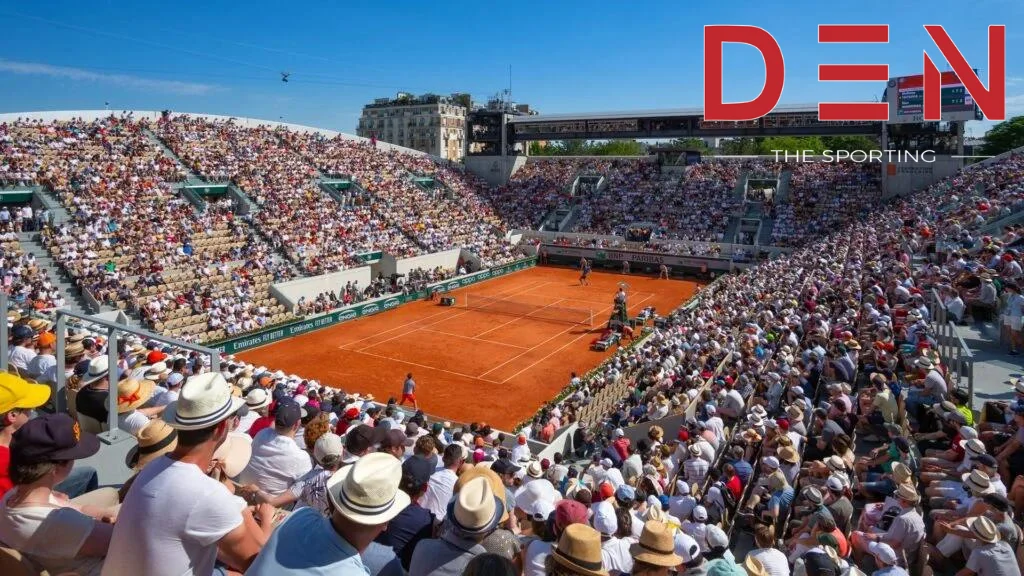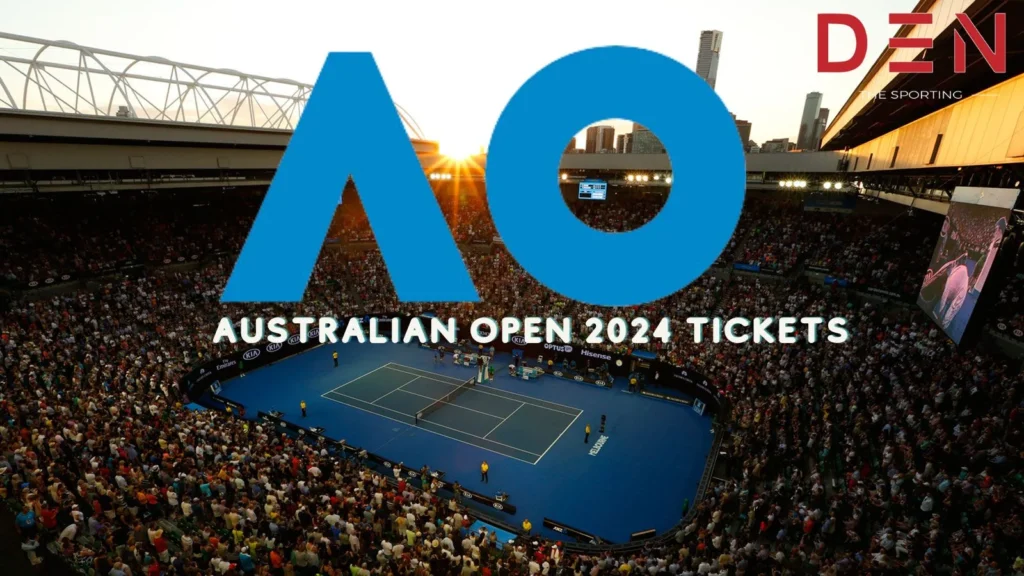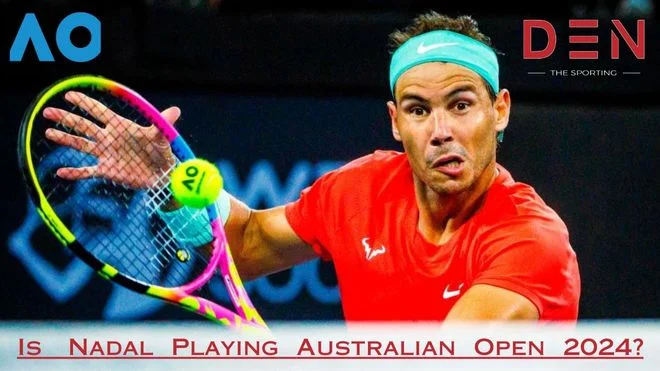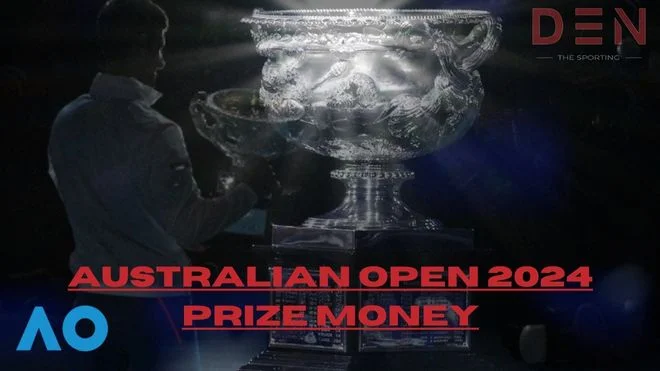
The French Open, fondly known as Roland-Garros, stands as a monument to the endurance and evolution of tennis. Its journey, spanning over a century, is a captivating narrative woven into the very fabric of the sport’s history. In this comprehensive exploration of the French Open Tournament History, we delve into its humble beginnings, iconic moments, and enduring legacy.
Suggested read: Top 5 Players in French Open | A Legacy of Golden Moments
From Humble Beginnings to Grand Slam Glory: The Early Years (1891-1925)
The roots of the French Open stretch back to 1891, when it was known as the “Championnat de France” or French Championships. Initially, it was a local affair, limited to members of French tennis clubs. The inaugural tournament witnessed H. Briggs, a British resident of Paris, emerging victorious, setting the stage for a legacy yet to unfold. Notably, women’s singles were introduced in 1897, albeit with a modest four participants.

Throughout its early years, French dominance was evident, particularly through the exploits of Max Decugis. Decugis. A titan of his era, clinched an astounding eight French Championship titles between 1903 and 1914, firmly establishing France’s presence in the annals of tennis history. As the tournament evolved, it shifted venues before finding its permanent home at the iconic Stade Roland-Garros in 1928.
Embracing Change: Opening Up to the World (1925-1968)
A pivotal moment in the French Open’s history arrived in 1925 when it transitioned into an international event. Marking the birth of the “French Open” as we know it today. This pivotal shift heralded an era of global competition, drawing tennis luminaries from every corner of the world.

The influx of international talent saw American and Australian players leaving an indelible mark on the clay courts of Roland-Garros. Stars like Helen Wills Moody from the US and Rod Laver from Australia emerged as formidable contenders, showcasing their prowess on this unique surface. Margaret Court. Another Australian icon, etched her name in history, securing a record 13 French Open titles across various categories, a testament to her enduring legacy on clay.
The Greatest French Open Matches of All Time
The French Open at Roland Garros has witnessed legendary battles that have become iconic in tennis history. In 1977, Björn Borg’s clash with Guillermo Vilas showcased the epitome of clay court tennis, with Borg emerging victorious in a grueling five-set battle, solidifying his status as one of the greatest clay court players of all time. The rivalry between Rafael Nadal and Roger Federer reached its zenith in the 2008 final, a nearly five-hour spectacle of breathtaking rallies and momentum swings, ultimately won by Nadal, solidifying his dominance on clay and earning its place among The Greatest French Open Matches of All Time. Other unforgettable moments include the marathon match between John Isner and Nicolas Mahut in 2010, lasting over 11 hours, and Monica Seles’s triumph over Steffi Graf in 1992, highlighting the clash of generations.

These historic matches, from epic showdowns to tests of endurance, have left an indelible mark on the French Open’s legacy, showcasing the drama, skill, and passion that define the sport of tennis. Whether it’s the clash of contrasting styles between Roger Federer and Novak Djokovic or Rafael Nadal’s rise to dominance against Guillermo Coria, each match represents a chapter in the tournament’s rich tapestry, captivating fans and players alike with its unforgettable moments and sheer unpredictability.
The Open Era Dawns: A New Chapter Unfolds (1968-Present)
The year 1968 heralded a new chapter in the French Open’s storied legacy. It became the first Grand Slam tournament to embrace professionalism, welcoming both amateur and professional players onto its hallowed courts. This monumental decision paved the way for tennis legends like Bjorn Borg from Sweden and Chris Evert from the US to assert their dominance on the clay of Roland-Garros.

Borg’s six French Open titles and Evert’s seven stand as enduring testaments to their mastery of the clay court. As the Open Era progressed, technological innovations transformed the tournament experience, with stadium expansions and the introduction of night matches adding new dimensions to the spectacle. Champions from diverse nations, including Spain, Serbia, and Switzerland, rose to prominence, enriching the tournament’s tapestry with their unique styles and narratives.
Suggested Read: Top 10 Most Underrated Players in French Open
Conclusion
The French Open Tournament History is a saga of resilience, innovation, and the relentless pursuit of excellence. From its modest origins to its status as a global sporting phenomenon, the tournament has played a pivotal role in shaping the landscape of tennis. As players continue to battle it out on the iconic clay courts of Roland-Garros. The legacy of the French Open endures, promising thrilling matches and unforgettable moments for generations to come.
With each passing year, the French Open cements its status as a cornerstone of tennis history. A testament to the enduring power of sport to captivate, inspire, and unite audiences worldwide. As fans eagerly anticipate each edition of the tournament, they do so with the knowledge that they are witnessing history in the making, a tradition that shows no signs of waning. As the clay dust settles and champions emerge, the French Open stands as a beacon of excellence, its legacy destined to endure for generations to come.
Huzaifa Mansoor, an accomplished sports journalist boasting a decade of experience, commands attention with his insightful commentary and astute analysis. With a keen interest in soccer, tennis, Formula 1, and golf, Mansoor brings a wealth of expertise to his reporting, dissecting strategies and uncovering compelling narratives within the realm of sports. Renowned for his ability to deliver nuanced perspectives, he offers a fresh and dynamic outlook on athletes and their captivating journeys. Mansoor’s dedication to providing comprehensive coverage, coupled with his knack for storytelling, solidifies his position as a prominent voice in the world of sports journalism, captivating audiences with each article he pens.



